New national monument would permanently protect the region from uranium mining and conserve important fish and wildlife habitat .
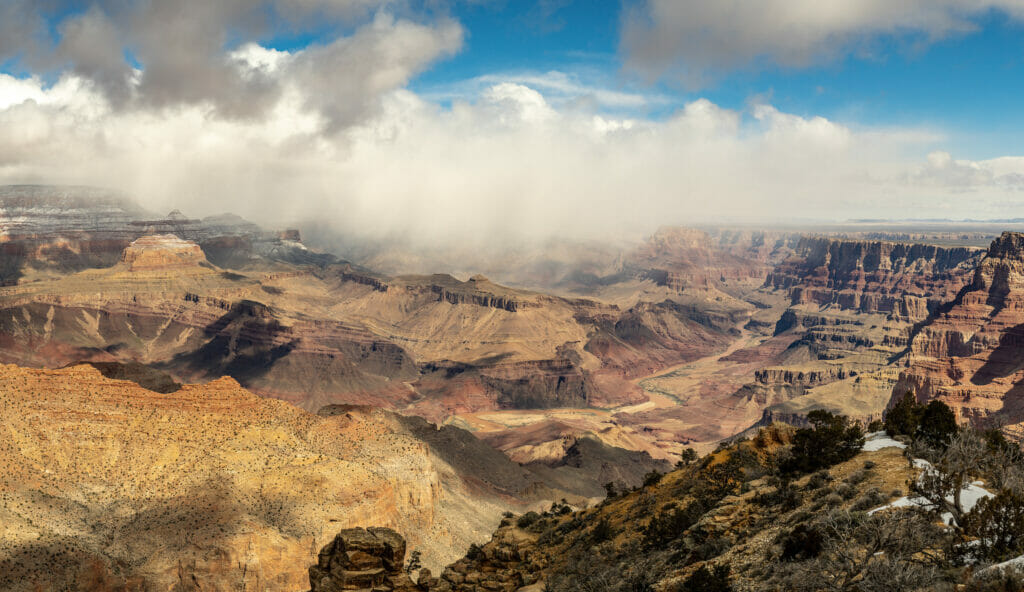
Earlier this week, 11 local Tribal Nations hosted a press conference in conjunction with Congressman Raúl Grijalva and Senator Kyrsten Sinema to call upon President Biden to establish our nation’s newest national monument, the Baaj Nwaavjo I’tah Kukveni Grand Canyon National Monument.
Baaj Nwaavjo means “where tribes roam” in Havasupai and I’tah Kukveni means “our footprints” in Hopi. The proposed national monument would add long-sought and broadly supported protections for 1.1-million-acres of public land adjacent to Grand Canyon National Park and the Kaibab National Forest. This would include a permanent ban on new uranium mining and would protect the watershed along the Colorado River from contamination.
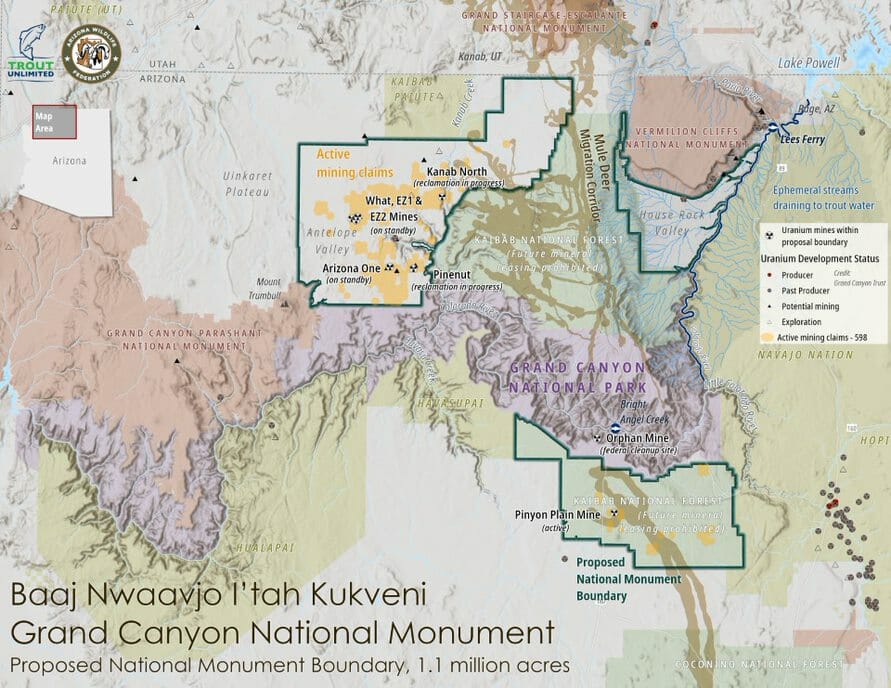
National monuments are a flexible type of designation, with proclamations often written to ensure continued state management of fish and wildlife and to provide for a variety of uses, including habitat improvements. The proposed 1.1-million-acre national monument includes both Bureau of Land Management and Forest Service lands. These agencies would continue to manage this landscape if designated a national monument.
“Baaj Nwaavjo I’tah Kukveni Grand Canyon National Monument is broadly supported by Arizonans across party lines and has long been a priority for TU in the state,” said Nathan Rees, Arizona field coordinator for Trout Unlimited. “Given the toxic history of uranium mining in this region, we commend the leadership of the Grand Canyon Tribal Coalition to enact the wishes of millions of people hoping to preserve the beauty of this idyllic landscape. We cannot undo the toxic history that’s been left in this region, but we can prevent new contamination from destroying its future.”
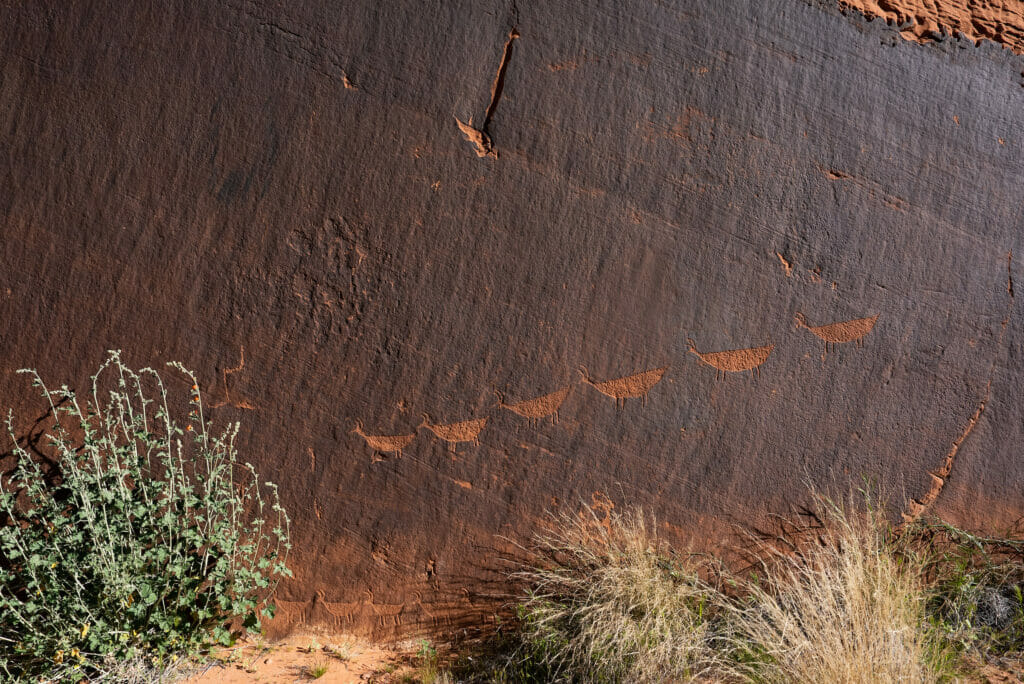
After multiple attempts to pass the Grand Canyon Protection Act in Congress, the legislation stalled in the Senate despite strong support from Arizona’s congressional delegation. The new national monument proposal would swiftly add permanent protections to the Grand Canyon region, preventing further contamination of water supplies and ensuring quality hunting and fishing opportunities for future generations.
More than 500 abandoned uranium mines are scattered across the region, impacting the drinking water of local populations and seeping underground into the Colorado River and other bodies of water found miles away. In fact, a 2010 U.S. Geological Survey study found high-levels of uranium deposits in 15 springs and 5 wells across the region, prompting the 20-year moratorium on mining.
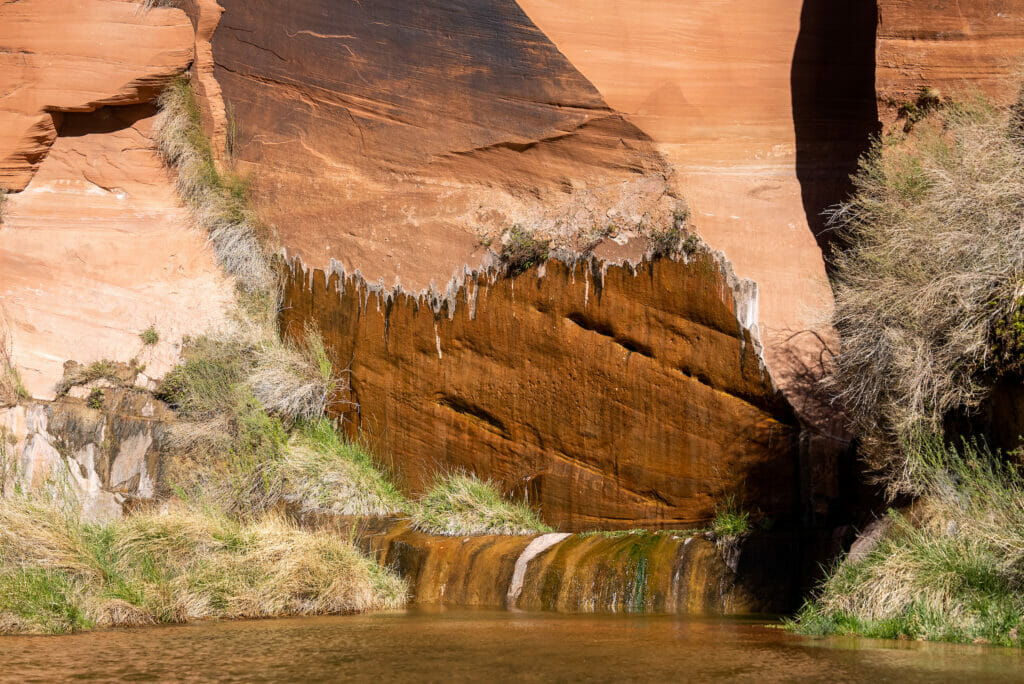
Unfortunately, the moratorium has simply stopped new mines from coming online and hasn’t done anything to clean-up the hundreds still endangering the local population, millions of annual visitors and some of the state’s best areas for trout fishing and big game hunting.
Lees Ferry, for example, is a true destination for anyone who enjoys fishing. Described as “The World’s Largest Spring Creek,” the Colorado River at Lees Ferry is a massive, clear running, tailwater fishery.
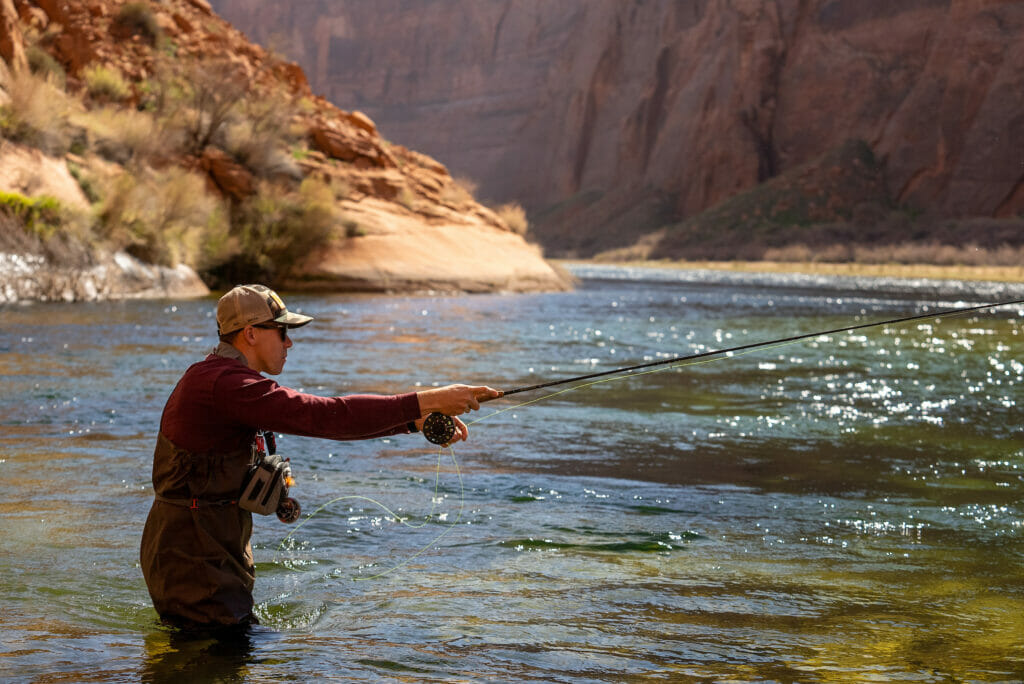
The river runs 15.5 miles from the outflow of Lake Powell at Glen Canyon Dam to the upper end of the Grand Canyon, making it a desirable location for those looking to catch one of the 20,000 wild trout found per mile. Despite its obvious beauty and importance to the state’s wild fish habitat, its connection to the underground water table also makes it susceptible to pollution and discharge.
This region is also home to an active uranium mining operation, the Pinyon Plain Mine, which is located just miles from the entrance of Grand Canyon National Park. This mine has been allowed to continue operating even after they unexpectedly struck groundwater in 2016, creating the potential for contamination to spread far away from the site through the water table. Local wildlife has also been seen mistakenly identifying the mine’s contaminated retention pond as suitable drinking water and habitat.
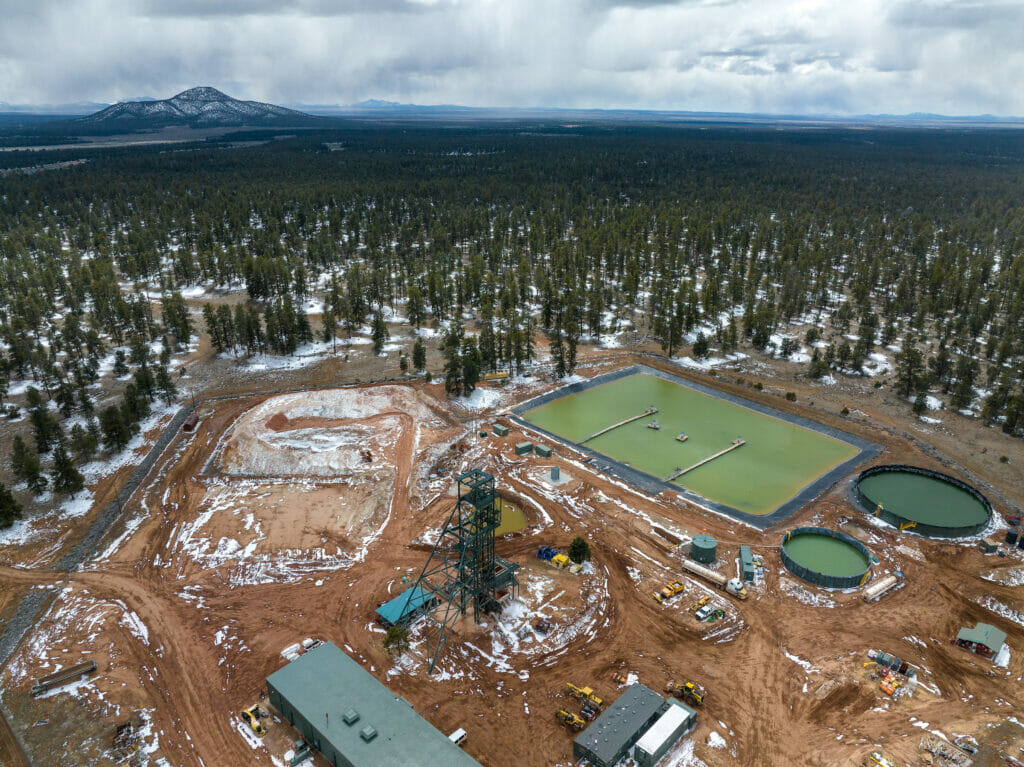
Between the hazards posed to local elk and deer populations – in addition to nearby Lees Ferry, which is home to Arizona’s premiere trout fishing – TU urges President Biden to establish this national monument and commend the Grand Canyon Tribal Coalition for their dedicated leadership to protect the greater Grand Canyon region seen below.


